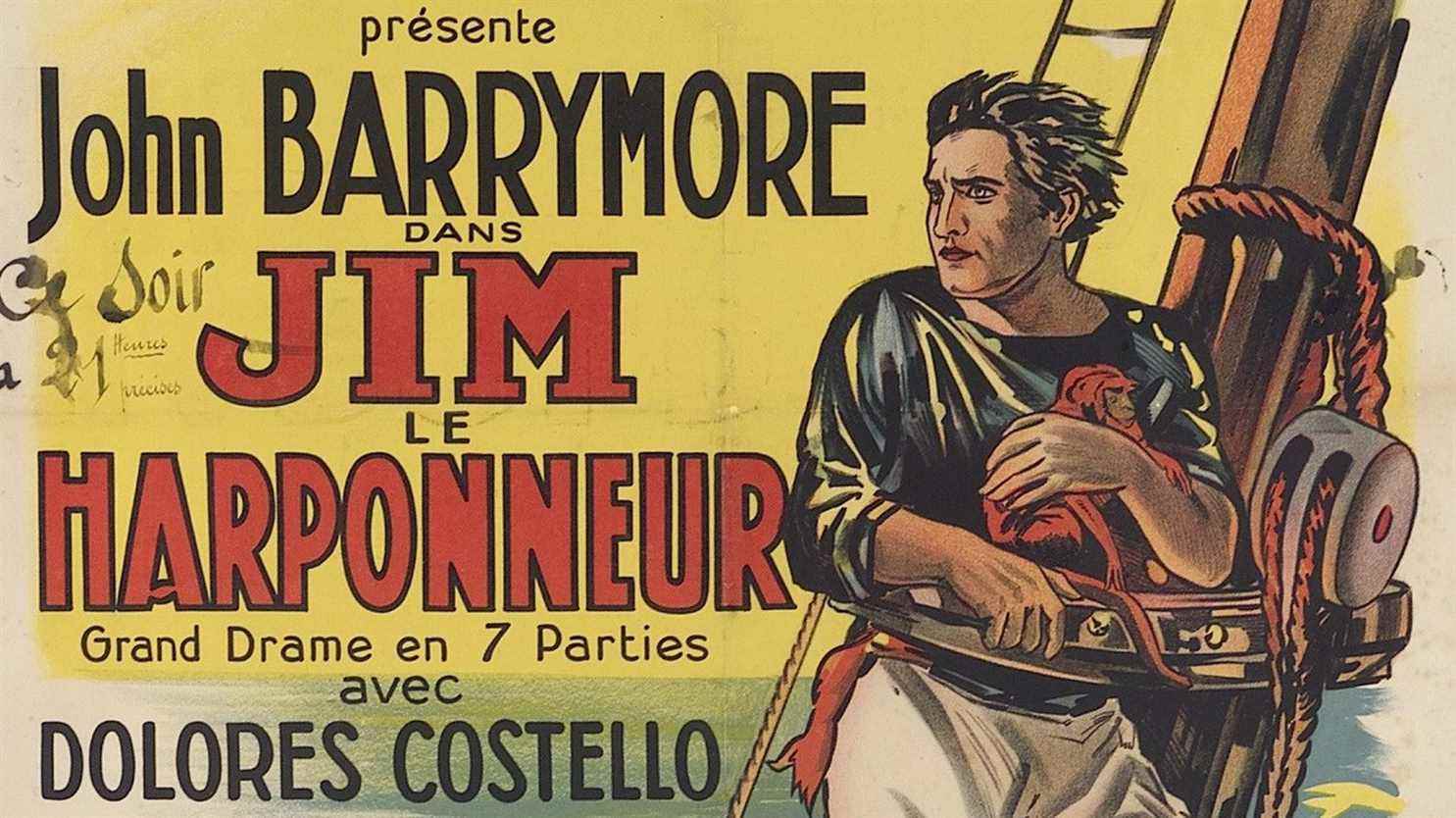If the cinema never stopped producing and distributing films during the First World War, its operating network suffered a lot. The reconstitution of the number of cinemas from 1920 encouraged Pathé to undertake a policy of itinerant distribution, going to meet the public in the smallest villages of the territory.
The result paid off. The objective of doubling the number of fixed cinemas in France was achieved, increasing from 2,000 to 4,000 between 1920 and 1928. How? By retaining the public. A cultural, industrial and societal adventure.
A pioneer in film production and distribution, Pathé is opening the premises of its Jérôme Seydoux Foundation to an exhibition evoking the reinvention of a nomadic cinema to irrigate France with films after the First World War. It is no longer a question of the fairground cinema of the origins, but of a real policy of distribution in motion.

Young independent entrepreneurs see in this demand a promise for the future and embark on cinematographic exploitation. Buyers of a “tour” of films in various and varied regions, with their van, their places of performance, equipped with a projection device specially designed for this “campaign”, they will perpetuate the love of cinema by France, find work, and have others find it.
In the 1920s and 1930s, until the 1960s, the programs were composed of three acts. In order: one or two comic short films (then a cartoon, the first of which Mickey), two to three short documentaries, sometimes trailers, and a big film, over a period of 2h30. The news will not appear until 1931. The public is invited to a full evening, in a café, a hotel, a village hall, a presbytery, the clergy also being fond of public screenings, with “benevolent” censorship.

These itinerant projectionists are reminiscent of the lanternists, magic lantern projectors of the 18th and 19th centuries, peddlers, who stopped from inn to tavern to bring the lights of the world: views of Krakatoa in eruption (1883), military reviews and others mischievous but also macabre pranks… A nomadic tradition rooted in pre-cinema, then cinematography. It is still alive today, with high-performance trucks/cinemas crisscrossing France to reach the least served regions.
The exhibition is dotted with marvelous projection devices and cameras, of which the Pathé companies were the creators. The films shown were described as “reduced format”, 17.5 mm, or exactly half of the standard 35 mm. A substantial material saving in times of post-war shortage. The format will not last, competed by the American 16 mm of Kodak, and it will be prohibited under the Occupation in France from 1941, never to reappear. Hence the rarity of these films, especially fiction.

On the picture rails are exhibited sublime lithographed posters from the 1920s, specially designed for this network, signed by the great names of the time: René Péron, Maurice Tamagno, Florit and Magne. It is The Chess Player, Surcouf, Fanfan the Tulip, The Five Cursed Gentlemen which parade in splendid graphic compositions with resplendent colors. From exhibition catalogues, programs and publicity materials, to the professional journal of exhibitors, Cinema everywhere and for everyoneare the rare pieces of a forgotten, rich, plastic and societal heritage.
First fairground, the cinema settled in temples of the spectacle, like the late Gaumont Palace in Paris. The Great War put a stop to this disproportionate expansion of the Belle Epoque, forcing the profession to reorient itself to recover a market, an industry, an art, a weakened world. Returning to nomadic exploitation was a lifesaver for the profession, in order to eventually find a sedentarization in theaters.
The Jérôme Seydoux – Pathé Foundation invites us to a formidable focus on this forgotten history of rural cinema in the 1920s and 40s. Surprising to see, for example, its rapid adaptation to talkies, with its distribution not only in public networks, but also at home thanks to private sound projection devices from 1931! Films punctuate the route of the exhibition scattered with marvelous dream machines and unpublished documents: an exhibition on a rare, educational and intoxicating subject.
Pathé Rural – Cinema in the countryside
Pathé Jerome Seydoux Foundation
73 Avenue des Gobelins, 75013 Paris
Tuesday 1 p.m. – 8 p.m., Wednesday, Thursday and Friday 1 p.m. – 7 p.m., Saturday 11:30 a.m. – 7 p.m.
01 83 79 18 96
